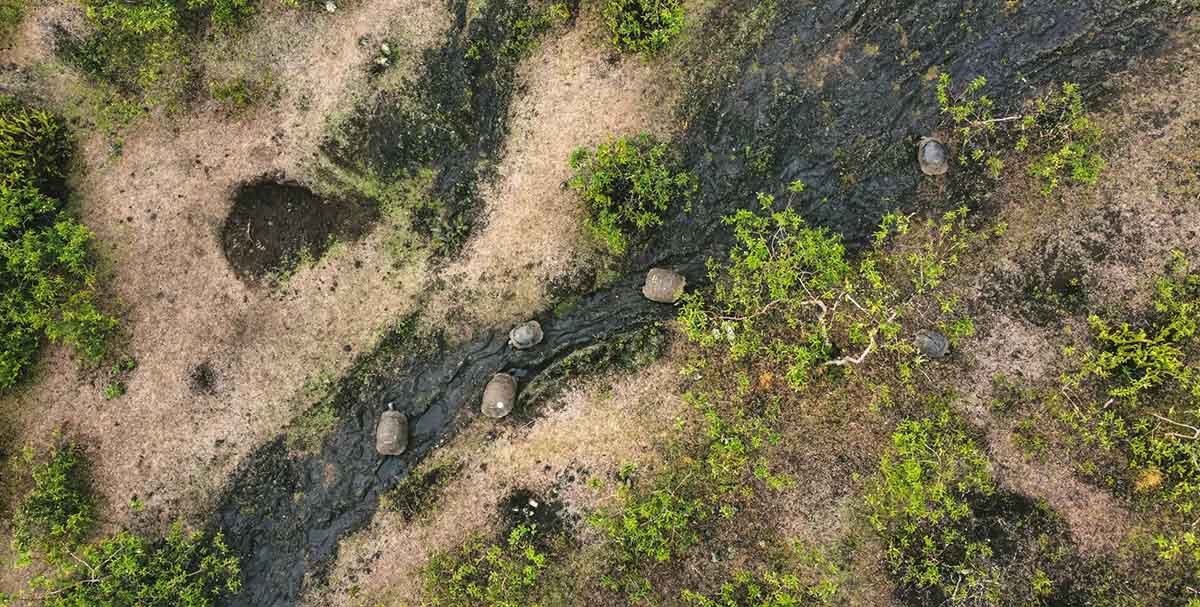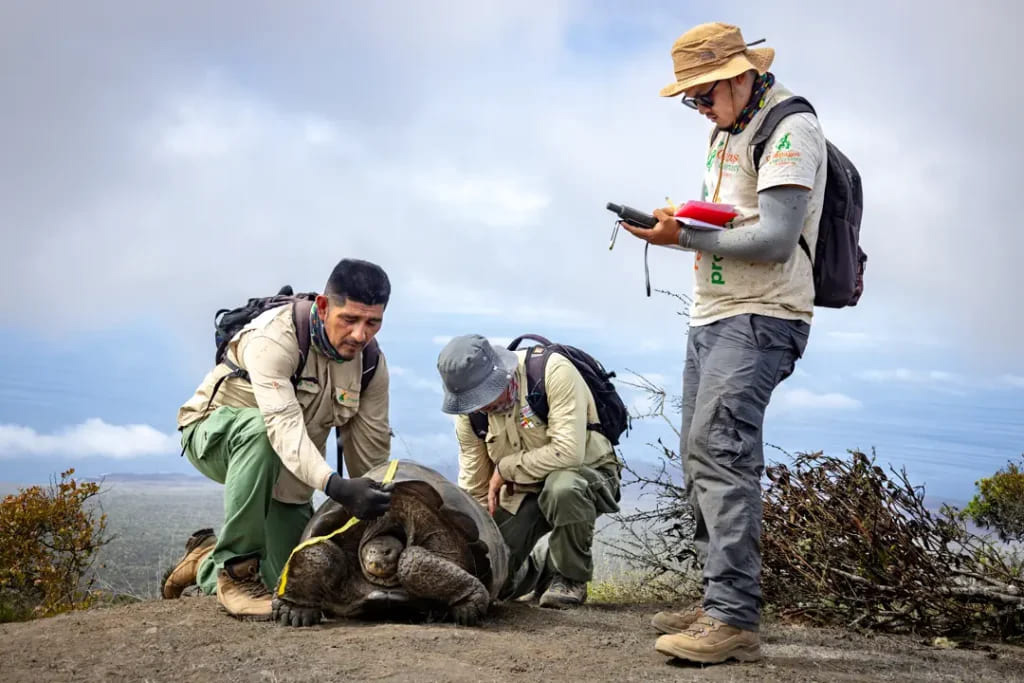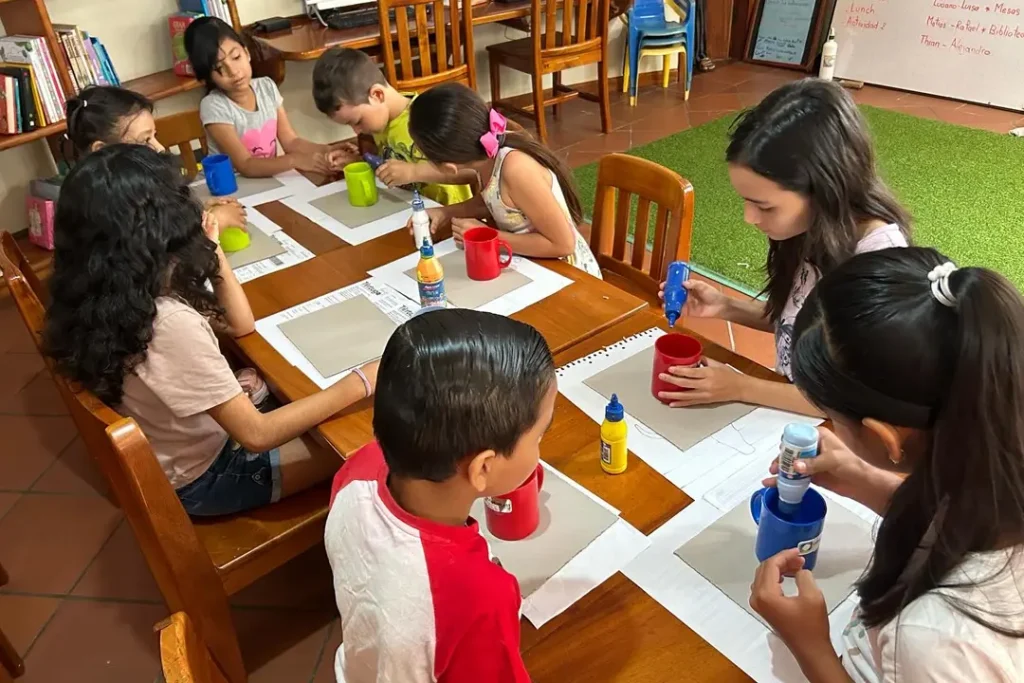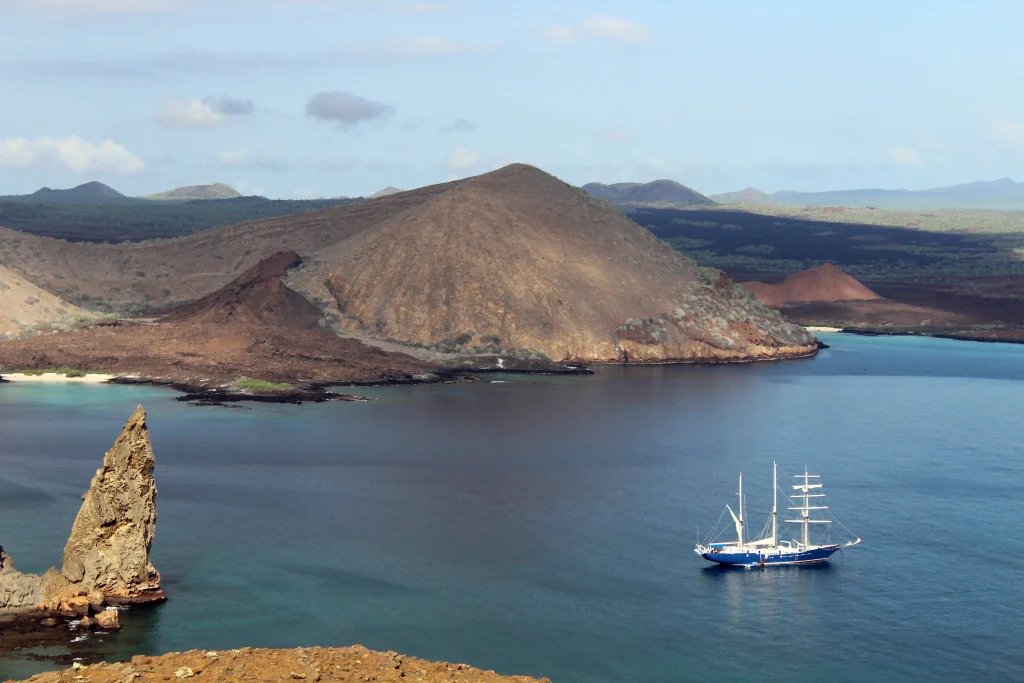The Galapagos Islands conservation depends on adopting innovative technologies. In this installment of our series about science and technology to conserve the environment, we examine how drones can help protect the fragile eco-systems of the Archipelago. Drones combine aerial perspectives and advanced tools to enable more precise and efficient monitoring. This helps protect endemic species, and study hard-to reach habitats.
Drones: a new era in environmental monitoring
Drones have revolutionized the way we monitor ecosystems on Galapagos. Galapagos Conservancy uses drone technology to advance conservation initiatives with the permission of the Galapagos National Park Directorate.
Drones can fly over areas that are inaccessible, such as Isabela Island’s active volcanic cones or Fernandina Island’s rugged coasts. This allows them to provide detailed and real-time images of ecosystems.
Drones equipped with GPS and high-resolution cameras capture precise images that help researchers monitor vegetation health and study animal behaviour. These capabilities can be combined with other technologies such as ground-based camera traps, which have a limited range and scope. Drones provide a bird’s eye view that complements these ground-level technologies. They can be used to gain a better understanding of ecosystems and track wildlife in vast areas or difficult-to-reach places, as well as detect changes in the landscape.
Supporting Terrestrial Ecosystem Conservation
The use of drones is essential for the monitoring of terrestrial ecosystems on Galapagos. They can capture images of key species and remote landscapes.
Drones are especially useful in difficult areas, such as the Wolf Volcano of Isabela Island — home to a unique species giant tortoise and pink iguana . They allow for efficient data collection and provide insight into habitat conditions. They also support efforts to save these iconic species.
Drones are versatile enough to be operated at various altitudes, in a variety of weather conditions and capture high-resolution photos that provide valuable information about wildlife, vegetation and other environmental factors.
Drones can also be used to survey large areas, detect invasive species, and take swift action in order to protect the native biodiversity.
Conservation and the Future of Conservation
Drones will continue to be a valuable conservation tool in Galapagos as technology advances. Drones enable more precise ecosystem analyses and support rapid adaptation to changes in the environment, contributing to informed decision making and effective conservation strategies.
Galapagos Conservancy, with the support of its donors and partners will continue to harness drone technology and other innovative solutions to protect the unique biodiversity of the archipelago, and ensure that it is preserved for future generations.
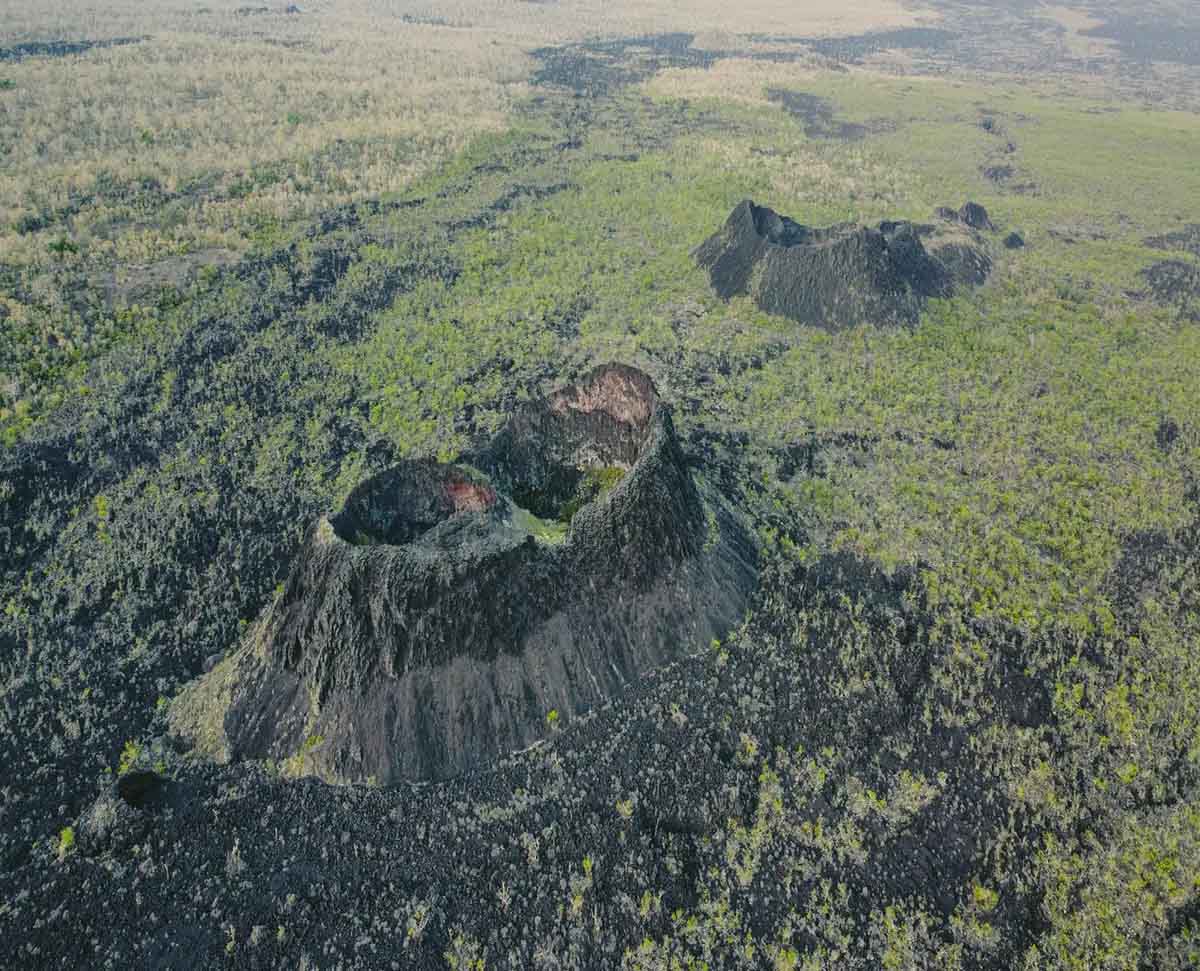
Photo: ©Galápagos Conservancy
